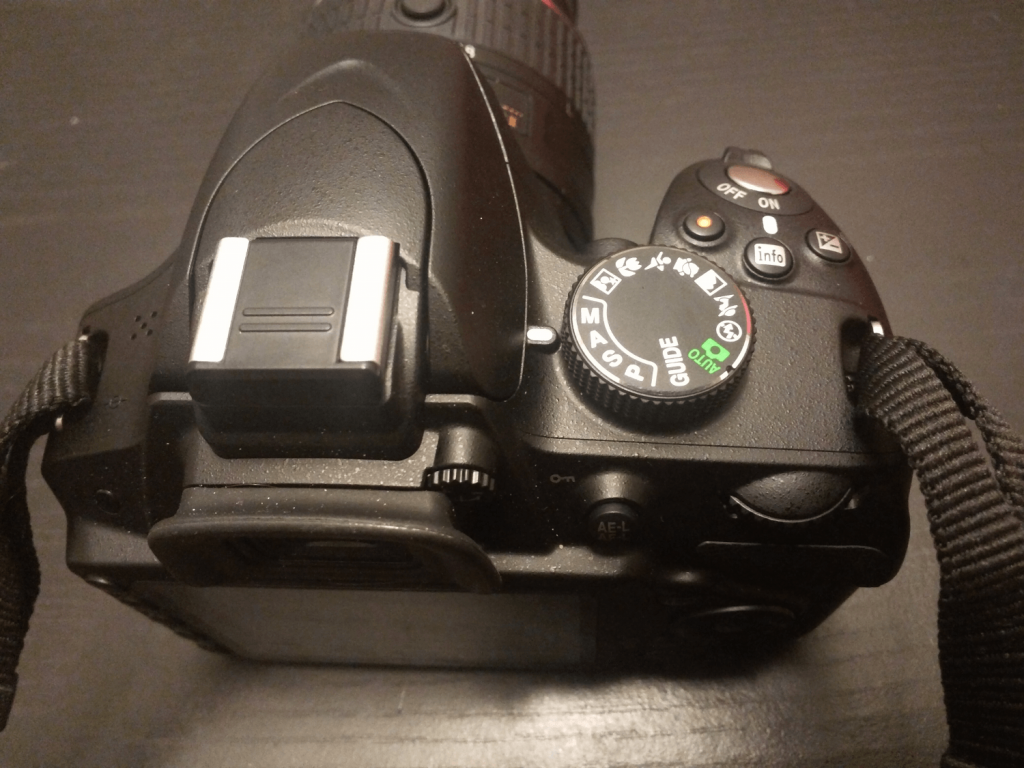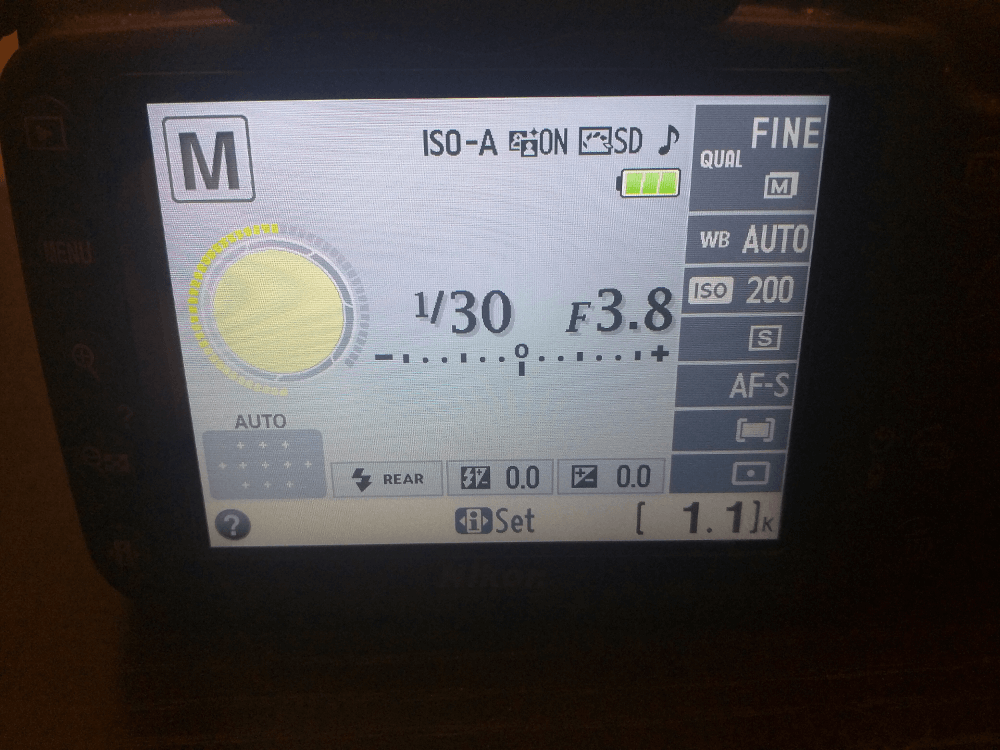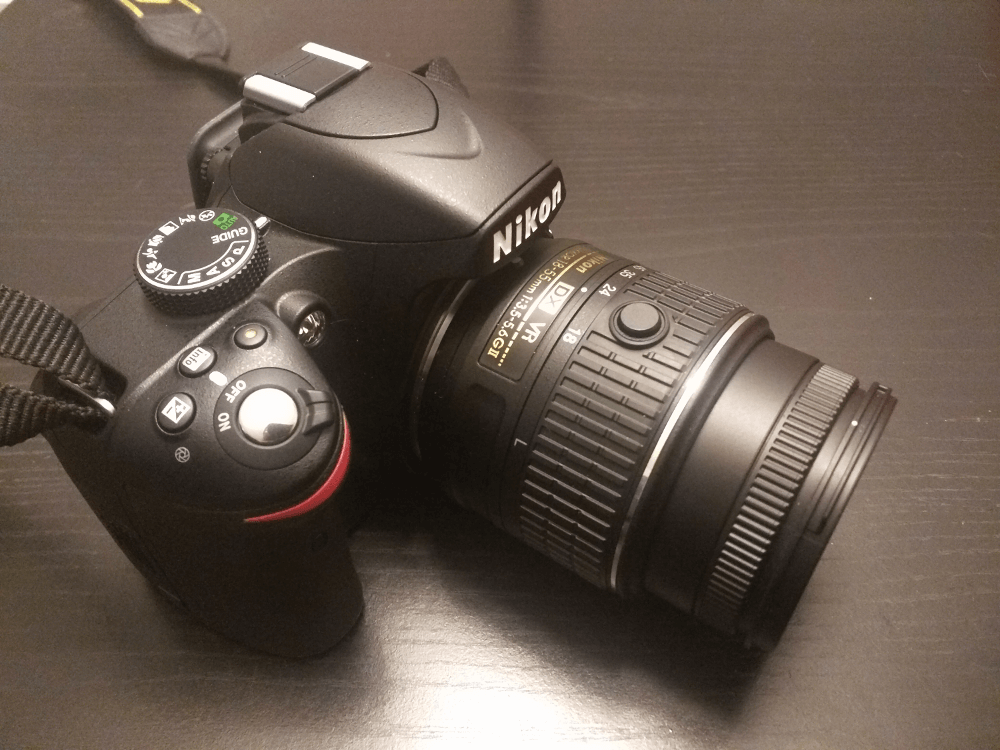Nikon D3200 Hands-On Review: A Great Camera For The Beginner Photographer
If you’re looking for an entry level DSLR, there are a ton of options on the market. The big companies, Nikon and Canon, offer a few different options, not to mention those offered by the other guys. I recently purchased my first DSLR, and ended up with the Nikon D3200. While I’ve used plenty of cameras in the past, this is the first that I owned myself.
Sure, the camera is a few years old, but that doesn’t mean it’s not still a great option.
Ease Of Use
 The D3200 is a little smaller than some other DSLRs on the market, especially when it comes to the higher-speced cameras. The camera offers a very easy-to-grasp body shape, even working for single-handed shooting if you so choose. One thing that surprised me is that even at this price point, the camera still screams quality.
The D3200 is a little smaller than some other DSLRs on the market, especially when it comes to the higher-speced cameras. The camera offers a very easy-to-grasp body shape, even working for single-handed shooting if you so choose. One thing that surprised me is that even at this price point, the camera still screams quality.
The camera itself comes with a 18-55mm f/3.5-5.6 VR lens, which clicks easily into the front of the camera, provided you follow the instructions so you don’t damage your shiny new camera. That lens offers plenty for the amateur photographer. One of the great things about it is that it offers “vibration reduction” (hence the VR) which is nice considering the fact that the body of the D3200 itself doesn’t offer anything in the way of image stabilization.
On the top of the camera can be found the main mode dial, and the camera offers a number of different modes. While it would be silly to go into them all in detail, after some light reading in the camera’s instruction manual it’s easy to understand what each mode offers. The more advanced modes are the ones you want to go with if you’re trying to learn about photography, and the aperture- and shutter-priority modes are a nice way to learn about the settings while still letting the camera do some of the work when it comes to getting a good picture.
 The Exposure Compensation button and the control wheel are appropriately placed, allowing for easy access without too much thought – the control wheel with your right thumb and the Exposure Compensation button with your forefinger.
The Exposure Compensation button and the control wheel are appropriately placed, allowing for easy access without too much thought – the control wheel with your right thumb and the Exposure Compensation button with your forefinger.
Most of the other buttons on the camera’s body are pretty self-explanatory, and if you don’t understand what they mean, again, refer to the instructions. Or mess around with them and see what happens.
As far as the cameras software goes, again, things are pretty easy to understand with some referral to the instruction manual. A “guide mode” is also present, aimed at helping you get around the camera quickly and easily, whether you’re a beginner or an advanced user.
Image Quality
One of the great things about the camera is that it offers a great image quality for such a low-price device. At ISO 100 to 400 there’s basically no image noise, and while some noise starts to get in at around ISO1000, it’s still a very clear image. Even at the highest settings, while there gets to be a lot more noise, the settings are still very useful.
The camera is able to take a range of file qualities — ranging from “basic” to “fine” JPEGs, as well as RAW photos, if you so choose.
The camera includes a flash, and while, as a beginner, it’s rare that you’ll find a good-looking photo using the built-in flash, it does have its uses, such as in taking portraits.
Nicely enough, the camera also has pretty decent video-taking capabilities, able to handle video up to 1080p. Sure, it’s not the 4K video available in many cameras today, but it’s plenty for someone who, for example, does tech reviews.
Conclusions
The Nikon D3200 is an excellent choice for the beginner, and arguably the intermediate, photographer. It offers a range of modes, perfect for those starting out with photography, it’s easy to handle, and it produces an excellent image quality. Sure, the camera is a little old, but for the price it’s still one of the best options. You can get it in a bundle with a ton of other stuff here. You can also find a few sample photos below.



















One thought on “Nikon D3200 Hands-On Review: A Great Camera For The Beginner Photographer”